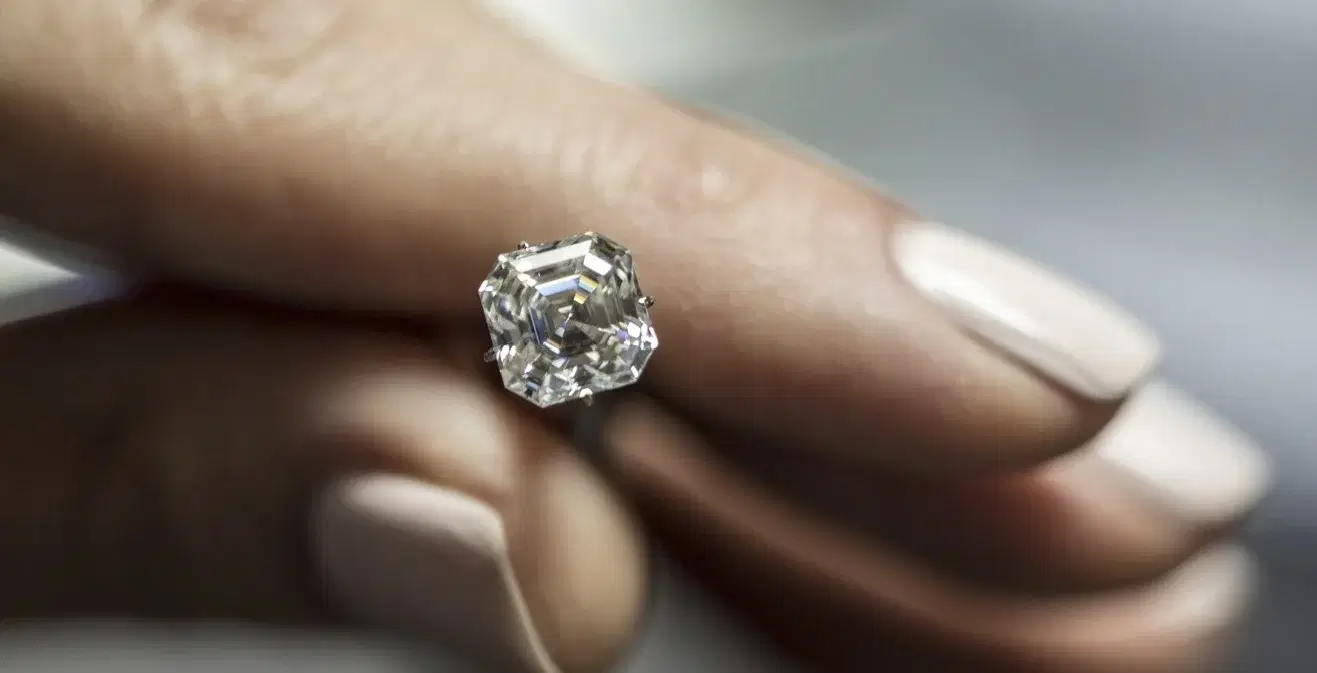The word "diamond" is derived from the Greek word "adamas," which means invincible or unbreakable. The word "Adamas" was used to describe any tough substance, but it came to be associated with the mineral we now call diamond.
Diamonds are highly sought after due to their durability, sparkle, and uniqueness and are frequently found in high-end jewelry, such as engagement rings. They are produced in the deepest layer of the Earth's mantle, beneath its crust, under extreme heat and pressure conditions, where carbon atoms are arranged in a crystal lattice structure.
Diamonds have historically been essential to international trade and commerce, with India being their primary source until the 18th century. The discovery of this exquisite stone in South Africa in the late 19th century led to the rise of the diamond industries in the West. Most diamonds come from Africa, Russia, Canada, Australia, and South America.
However, given the rise of ethical consumerism and a concern for the environment, diamonds are now produced in labs under the same conditions found deep down the earth.
Known as lab-grown, lab-made, or simply lab diamonds, the resultant stones carry similar chemical and physical properties without costing as high as their natural counterparts. This means you can buy a stunning lab-grown diamond without breaking the bank while still getting the desired sparkle and bling.


